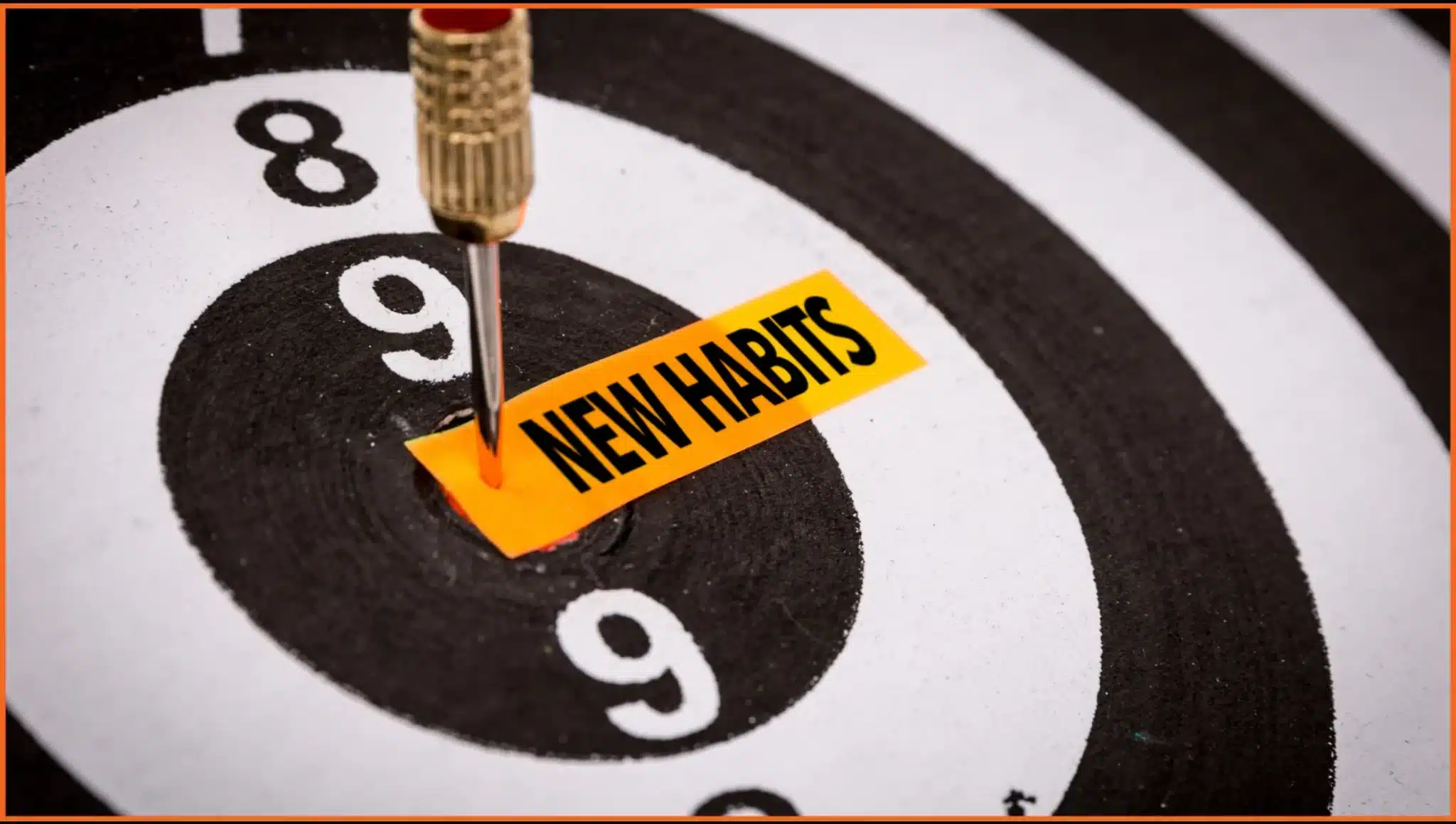If you spot someone on your team who seems disengaged or bored you might just be looking at your next high-potential employee.
Surprisingly, boredom is a great signal that helps identify high potentials (HiPos) in an organization. Here’s how in many organizations, boredom is often misunderstood. But for high-potential individuals, it’s usually the result of having outgrown their current role. These are the team members who seek stimulation, crave challenges, and are driven by a need to learn and grow. When that need isn’t met, boredom sets in not because they lack motivation, but because they have more to give.
High potentials (HiPos) aren’t always the star performers topping every metric. Instead, they often reveal themselves through subtle, everyday behaviors that reflect a hunger to grow, contribute beyond their scope, and drive impact. An organization’s ability to recognize these cues could be the key to building a more agile & resilient leadership pipeline.
Also Read: Building High Performance Teams
Here are five everyday behaviors that can help you identify high-potential employees long before they show up in formal performance evaluations:
1. They Get Bored… for the Right Reasons
Table of Contents
High potentials crave challenges. When work becomes too routine, they don’t settle; they itch for more. This restlessness isn’t a red flag; it’s a powerful signal. If you observe a team member expressing boredom despite being competent and delivering results, take a closer look. They might be underutilized, not underperforming.
According to a study published by the Corporate Executive Board (CEB), HiPos display three key characteristics: aspiration, ability, and engagement. Boredom often stems from a lack of challenge, something that can dampen engagement over time. But in HiPos, this disengagement is situational and reversible. It reflects a misalignment between potential and opportunity, not motivation or capability.
Cue for Managers to identify HiPos in their team: Instead of assuming disengagement, initiate a career conversation. Ask what challenges they’d love to take on.
Also Read: 4 Leadership Insights For A High Performance Team
2. They’re Agile Learners and Gravitate Toward Newness
High potentials are natural learners. They’re not just good at what they do; they’re hungry to learn what they don’t know yet. They’re often the first to volunteer for cross-functional projects or initiatives outside their job description, simply because it offers a new learning curve.
Harvard Business Review’s CQ (Cognitive Quotient), DQ (Drive Quotient), and EQ (Emotional Quotient) model highlights these qualities beautifully. HiPos tend to have a high CQ- they seek out knowledge constantly, DQ helps them sustain the effort to pursue long-term goals, and EQ helps them navigate ambiguity and influence others as they explore new territories.
Cue for Managers to identify HiPos in their team: Watch for who asks the most questions in a new project meeting, or who says “I’d love to be a part of that” when new initiatives are announced.
Also Read: 6 Traits of High Performing Teams
3. They Step Up in Moments of Chaos
HiPos are often the calm in the storm. In moments of crisis, when a deadline is missed, a project derails, or someone drops the ball, they’re the first to step in. Not for attention, but because they have a strong sense of ownership and a bias toward action.
This proactive behavior is rooted in what McKinsey calls “emergent leadership” a tendency to informally lead or support others when it matters, even without a title. These individuals don’t wait to be told what to do. They instinctively ask, “What can I do to help?”
Cue for Managers to identify HiPos in their team: Reflect on who reached out during the last team crunch or offered to take something off a colleague’s plate during a high-pressure week.
Also Read: 7 Steps to a High Performing Team
4. They’re Honest About Feeling ‘Too Comfortable’
Most employees avoid talking about being too comfortable at work – it feels risky. HiPos, on the other hand, are more likely to openly share that they’re ready for the next challenge. During 1-on-1s, they’ll initiate conversations around career growth, learning opportunities, or even ask for feedback on how to stretch themselves.
According to Korn Ferry’s Talent Framework, HiPos actively seek feedback and demonstrate the motivation to take ownership of their development. These conversations are often sparked by a feeling of underutilization, not entitlement.
Cue for Managers to identify HiPos in their team: If someone says, “I think I’ve mastered most of my current responsibilities,” take it seriously it’s likely an invitation for growth, not a complaint.
Also Read: How to Enhance Team Bonding Among High-performing Remote Teams
5. They Bring Ideas That Look Beyond Today
High potentials often show a forward-thinking mindset. They don’t just work within a system, they think about how to make it better. Whether it’s suggesting a new tool, improving a team ritual, or pointing out an inefficiency, they’re constantly thinking ahead. This future orientation is rooted in both Drive Quotient and Emotional Quotient: the drive to improve and the sensitivity to how changes impact people.
In fact, a Gallup study found that HiPos are 21% more likely to come up with process improvement ideas and 17% more likely to inspire others with their vision. They’re often the ones who challenge “the way things have always been done,” not out of rebellion, but because they can see a better way.
Cue for Managers to identify HiPos in their team: Who consistently brings fresh ideas to team meetings? Who challenges you, in a respectful way because they care about improving the system?
Also Read: How To Make A High Performance Team?
Final Thoughts: Don’t Just Look at Numbers. Look Closer.
Performance ratings can tell you who’s delivering results today. But identifying a high-potential employee means recognizing who’s ready to take on more tomorrow. It’s reflected in their curiosity, their hunger for new challenges, and their drive to elevate the team- not just themselves.
Organizations that excel at spotting high-potential talent don’t just rely on spreadsheets or annual reviews. They pay close attention to everyday behaviors. They ask deeper questions, observe patterns, and intentionally create room for individuals who are eager to grow, think ahead, have candid conversations about their career and make a lasting impact.










